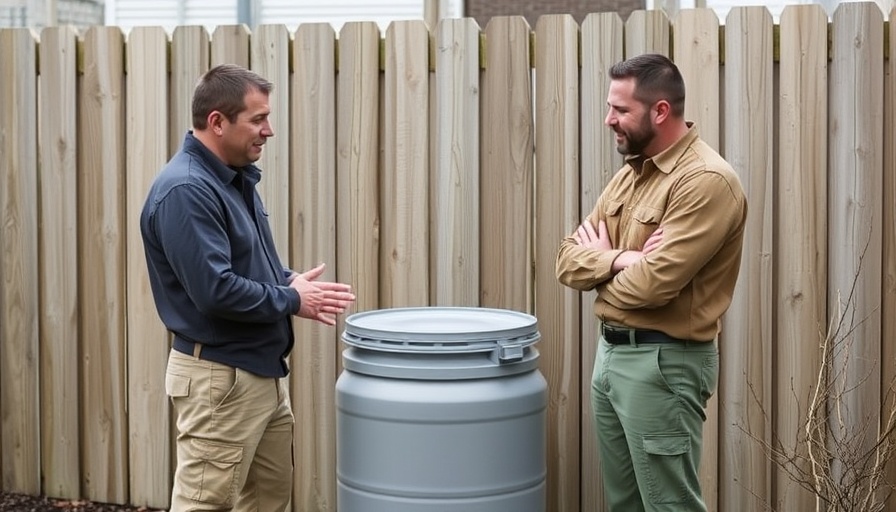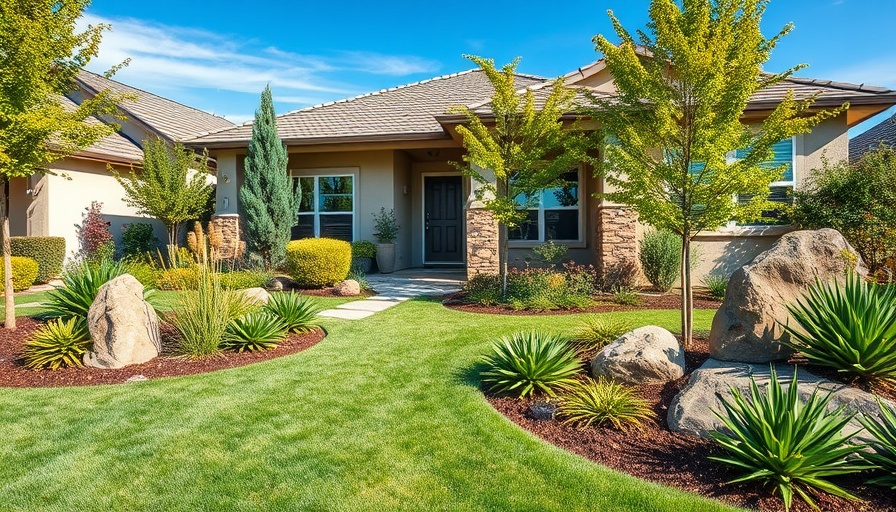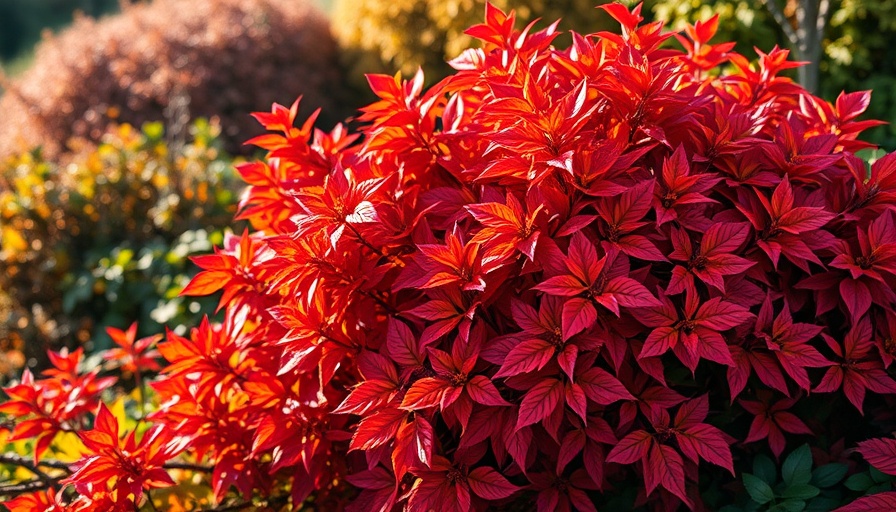
Why Rain Barrels are Essential for Your Home and Environment
Rain barrels have been around for centuries, serving as a practical tool for harvesting rainwater. As demonstrated in "Ask This Old House," they are much more than simple containers; they play a critical role in stormwater management. By storing rainwater, homeowners can not only reduce water wastage but also lessen the impact of stormwater runoff on local waterways.
In "ASK This Old House | Rain Barrel, Pooling Patio (S22 E20) FULL EPISODE", the discussion dives into essential techniques for effective water management, exploring key insights that sparked deeper analysis on our end.
In urban settings like Tulsa, where impervious surfaces trap rainwater and lead to pollution in streams, using rain barrels becomes essential. As homeowners begin vegetable gardens or manicured lawns, capturing this precious resource promotes sustainability and encourages eco-friendly practices.
Understanding Stormwater Runoff: More than Just a Drainage Issue
During rainfall, water flows over hard surfaces such as rooftops and driveways, picking up pollutants along the way, which eventually flow into local rivers and streams. This is known as stormwater runoff—a serious environmental concern highlighted by local officials in Tulsa.
According to Jacob, a member of the stormwater quality team, stormwater management not only protects waterways but enables groundwater recharge. It’s crucial for homeowners to understand how their actions can help mitigate pollution through practices like reducing runoff and utilizing rain barrels.
Step-by-Step Guide to Installing Your Rain Barrel
Installing a rain barrel can seem daunting, but as shown in the episode, it’s a straightforward task that anyone can accomplish with a little planning:
- Choose the Right Location: Select a good spot close to a downspout. Make sure the ground is level to prevent tipping.
- Gather Your Tools: Get a rain barrel, a downspout diverter kit, and tools like a hacksaw and screws—just a few are enough for the installation.
- Install the Downspout Diverter: This step diverts water directly into your barrel, ensuring it fills without flooding.
- Secure Your Barrel: Elevate the barrel on blocks for better drainage and ease of use.
- Finish with Plants: Add decorative touches, such as surrounding it with low-maintenance plants that thrive on rainwater.
Common Misconceptions About Rain Barrels
Many might think rain barrels are a hassle to maintain or illegal in certain areas. However, it’s vital to note that regulations vary by state. Most importantly, rain barrels are entirely legal in Oklahoma, where they can effectively capture and store rainwater for gardening needs.
Furthermore, maintenance is minimal. Regular checks to ensure the system is clear of debris, especially before heavy rainfall, will keep your barrel functioning efficiently.
Enhancing Your Outdoor Experience: The Practicalities of Water Management
In addition to providing a sustainable water source, rain barrels can enhance the overall aesthetic and utility of outdoor spaces. Beyond watering gardens, excess water can be redirected to nourish landscapes without relying solely on municipal supply, easing pressure on local water systems.
Homeowners curious about drainage issues—such as pooling water on patios—should also consider proper water management techniques, as discussed by Mark in "Ask This Old House." Incorrect water flow can lead to more serious structural issues, making it imperative to address these concerns proactively.
 Add Row
Add Row  Add
Add 




Write A Comment